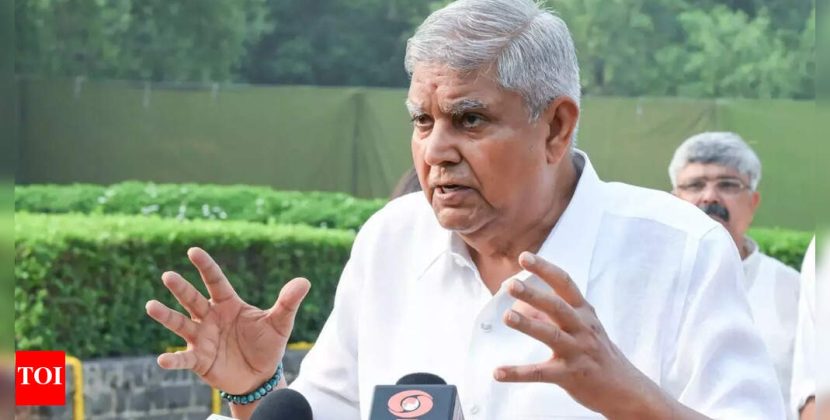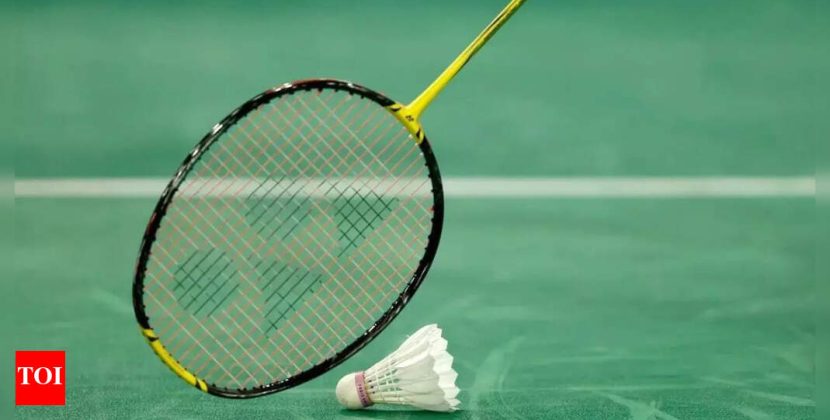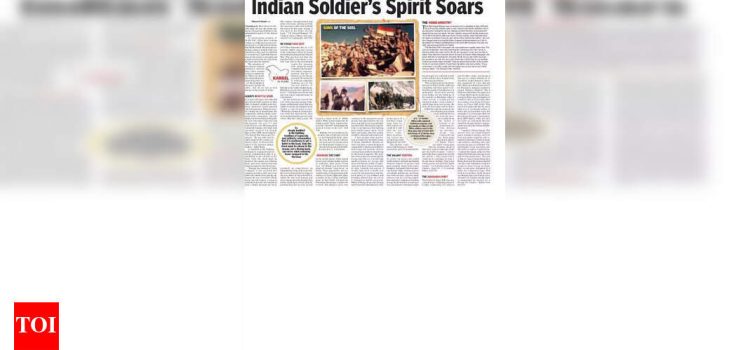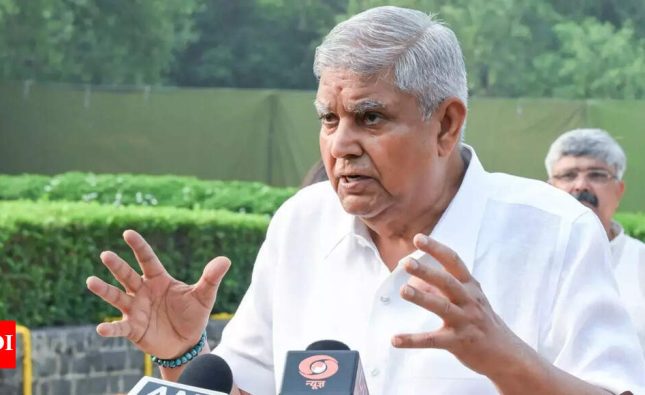
Chandigarh: More than two decades after the war, the silent sentinels of Kargil pay homage to the indomitable spirit of the Indian soldier.At unforgiving heights of 19,000 feet, often after scaling 1,000m ice cliffs and across a frozen frontier of 220km from Mushkoh till the South Siachen glacier, Indian soldiers fought with one hand tied as they were not allowed to cross the LoC, had little knowledge of the enemy’s strength and scaled treacherous terrain when the hour was the darkest.The awardees of the nation’s highest gallantry awards have their names etched in immortality. There are multiple outstanding incidents from that war — of the triumph of the spirit against all odds — but all are not as well known to the people of India.ALWAYS IN BATTLE MODEA 23-year-old sepoy was wheeled into Kargil field hospital in May 1999, wounded, riddled with fractures, and blood vessels exposed but still pulsating. When he started coming out of anaesthesia, his compulsive battling spirit resurfaced with a vengeance. “He suddenly started shouting in Punjabi. He was still semi-conscious and disoriented. ‘Oh, you ****, just wait till I get you. Shooting from behind the bunker, you dogs! Just you wait!” wrote Lt. Col. Arup R. Basu (retd), YSM, in his memoir, ‘The Kargil War Surgeon’s Testimony’. “He was still clear he had to fight for the country, no matter what. It showed the spirit of the diehard Indian soldier,” added Basu.So instilled is the fighting tradition of regiments and soldierly communities that it is anathema to get a bullet in the back. Only the chest must be shown to the enemy, not a fleeing back, and never mind returning home wrapped in the Tricolour.“During the assault of Delta Company, 17 Jat, on Point 4875 complex on July 4, 1999, one of my lads took a bullet through the abdomen. He was evacuated. While being operated upon, a surgeon remarked that the lad seemed to have a bullet through the back. My soldier, though dazed and semi-conscious, sprang up from the operation table and grabbed the doctor by the neck, saying, ‘I was shot in the front, not the back’,” Col. Deepak Rampal, Vir Chakra, then a Major and wartime D Coy Commander, told TOI.HE COULD HAVE QUITJCO Man Bahadur Rai of 1/11 Gurkha Rifles was just weeks from retirement when he found his battalion plunged into Kargil War. The practice was that two months before retirement, a soldier was sent to the regimental centre for ‘pension drill’, where he would complete the formalities before superannuation. But Rai refused to go for the paperwork. He wanted to be with his comrades fighting one of the fiercest battles of Batalik in the Yaldor-Kukarthang-Khalubar sector. Rai told his officers: “I will fight here till the last day, you cannot send me home to retirement.”As his battalion neared the LoC while clearing enemy lodgements on Khalubar ridge, Rai was tasked to bring up supplies from Yaldor to the forward troops. “When the column of civilian porters with Rai started out, they were shelled and the porters scattered. But Rai kept going. He reached us somewhere in Munthadalo with a full back load. He was so determined to support the war effort of his beloved battalion. We were very hungry and were hoping that the doughty Rai had brought food rations. But the professional that he was, he had lugged a huge load of MMG ammo. What an anti-climax for us hungry souls!” Brig. Amul Asthana (retd.), then 2IC and leading the assault troops to the LoC, told TOI.Had the war not ended in two months, Rai would have retired on the battlefield itself. After the war, Rai’s senior officers secured special permission for the doughty Gurkha to undertake his pension drill after his due date of retirement!INSPIRING THE CHIEFIn the initial phase, when armed forces were reeling under a series of setbacks, then Army COAS Gen. VP Malik was faced with what he termed “long faces” in Delhi. These pessimists, who included some of his principal staff officers at Army HQs and other notables of the ruling establishment in New Delhi, felt that the Pakistani intrusions could not be evicted. But Malik’s spirit was contrary to the naysayers as his morale was kept high by the soldiers and officers on ground fighting the battle. During his regular tours of ground zero, the fighting men would assure their chief, time and again, that the enemy would be defeated and kicked out.“I also needed some motivation. I would visit the battle zones of Drass, Mushkoh, Batalik etc every six days to meet formation commanders, the forward officers and troops and motivate and encourage them without interfering in the tactical aspects. My presence was aimed at reassuring the troops and officers. I would take small presents for troops like wrist watches as a token of appreciation for their valour and sense of duty towards the nation. I would come back to Delhi convinced by the assurances and die-hard spirit of our soldiers and frontline officers that ‘we can do it’ and that we will be victorious. When Tololing, Point 5140 (Drass) and Point 5203 (Batalik) fell within the space of a few days, beginning June 13, 1999, I knew we could do it and that the soldiers’ confidence in achieving victory was not misconceived,” Malik had told TOI.The mutual confidence and synergy of ‘chief and jawan’ paid off handsomely!THE VALIANT PORTERSNo Army can wage a successful battle at those unforgiving heights without support of porters and pack animals. Along with native donkeys, well used to the treacherous Kargil cliffs, civilian porters of Ladakh and Kargil, and Nepalese load carriers, played a magnificent role in carrying ammo, food and other supplies to battling troops. In the absence of such porters, the infantry battalion’s fighting strength was reduced to half as the soldiers were bogged down with portering duties.The civilian porters faced bullets and artillery shells, suffering casualties, but their spirit to defend the nation’s boundaries was undaunted. “As we were moving from Yaldor for the build-up of the assault on Khalubar ridge, I came across a young porter slouched under a tree’s shade. I asked him what was wrong. He took off his jacket and he had a bullet through the stomach. He was awaiting evacuation as the battlefield was far from the nearest roadhead on the Indus. I wanted to do something for him. Seeing my predicament, the young lad told me: ‘Keep going ahead into battle, CO Saheb. There are many young men like me waiting ahead to take your ammo loads and climb into the battle heights’. I had to leave him there and press on with the attack. I still regret that I could not do anything for him. I do not know whether that brave young porter survived the bullet wound,” Col. Lalit Rai (retd.), Vir Chakra, then CO, 1/11 Gurkha Rifles, told TOI.THE SARAGARHI SPIRITThe battle for Tiger Hill was in a critical stage. A fighting patrol of 8 Sikh, comprising two officers and 50 other ranks, was facing a barrage of counter-attacks by 12 Northern Light Infantry under the command of Capt. Karnal Sher Khan (posthumously awarded Pakistan’s highest gallantry award, Nishan-e-Haider). The 8 Sikh was defending the approach to Tiger Hill from its South-western spur. Khan was attempting to reinforce the 12 NLI troops, who were under siege from 18 Grenadiers on Tiger Hill itself. The mood was grim and bloody, and 8 Sikh was to eventually suffer 15 dead and 24 wounded from the strength of 52. It was then that 192 Mountain Brigade Commander Brig. MPS Bajwa, YSM, got onto the radio set and spoke directly with Sub. Nirmal Singh to inspire, guide and rally the besieged fighting patrol.“I spoke to Nirmal Singh. The morale was very high despite many wounded, intense cold, low food and ammo supplies and relentless Pakistani counterattacks and artillery shelling onto that precarious spur at 16,000 feet. Nirmal Singh’s voice was firm over the radio set and he reassured me: ‘Commander Saheb, either we will defeat the Pakistani attacks or we will do a Saragarhi here”. The rest is history, Sepoy Satpal Singh shot Khan dead and the attacks fizzled out. Since the Pakistanis could not reinforce their troops on Tiger Hill via the spur defended by 8 Sikh, we conquered Tiger Hill with 18 Grenadiers. Both Nirmal (posthumously) and Satpal were awarded Vir Chakra though I had recommended the former for a Param Vir Chakra,” Bajwa told the TOI.THE ‘HOME MINISTRY’Then Maj. Deepak Rampal was on annual leave in Jalandhar in May 1999 with his wife and two children aged, 6 and 3. News broke that his battalion, the 17 Jat, had gone to Kargil for the war. Rampal cut short his leave and prepared to depart but he was torn inside. His wife, Vatsala, removed all doubts in his mind: “Go to the front and be with your troops. If every mother, sister and wife stops her man from going to the front, who will be left to fight for the nation?” she told him. Rampal went on to lead his Delta Company in frontal attacks on 12 NLI in the battles for Pimples and Whaleback in the Point 4875 Complex from July 4-8, 1999, and was awarded the Vir Chakra.“The families of the men under my command were equally supportive. The wife of my Havildar, who was manning the rocket launcher (RL), wrote to him that while she could not fire the RL she wanted to come and join him in battle. They had been married about 15 years. In chaste village language, she wrote that she would help him shoulder the RL and go into battle because she wanted to be with him. Her spirit shone like a North Star to my Havildar in those uncertain times of battle. Then we discovered a letter in the pocket of one of our dead soldiers. It was from his father, who had written: “If you come home in a coffin, make sure the bullets you receive are in your chest not your back’,” Col. Rampal (retd.) told TOI.Pictures by: Col. APS Cheema (retd), Col. Rajesh Adhau & Brig. Amul Asthana (retd)











